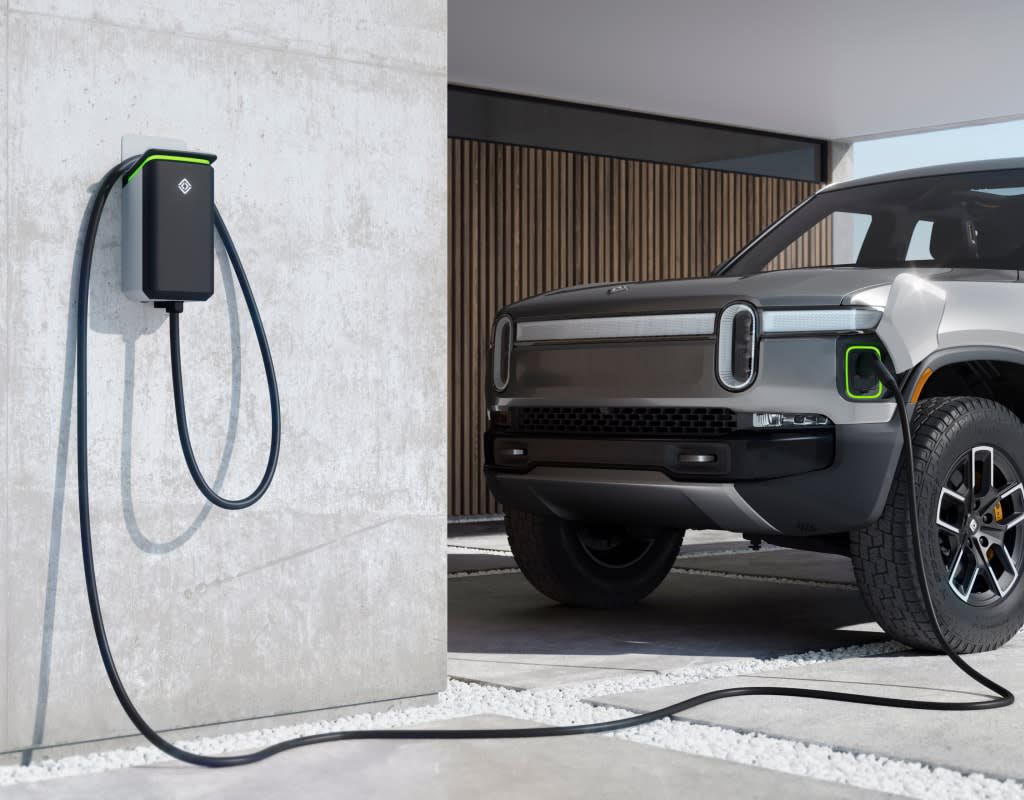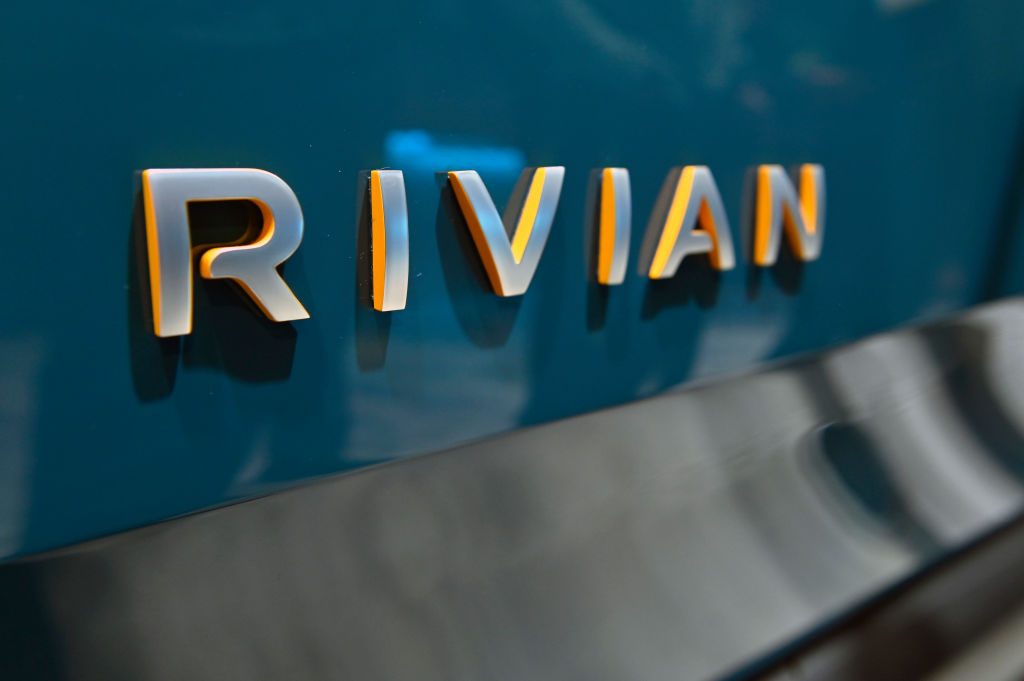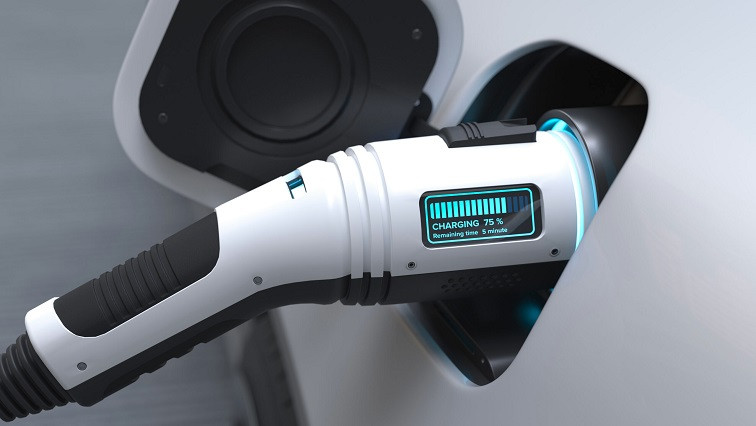The Rivian R1T and R1S vehicles, both current and future, will soon have the ability to charge other EVs or homes in case of a power outage. This new bidirectional charging feature will allow Rivian vehicles to provide power to other electric vehicles if their battery runs out.
An upcoming over-the-air update will enable the capability, as reported by the Twitter profile @rivianupdates, which is not officially linked to the company. The account cites a Rivian spokesperson in tweets and says more information on bidirectional charging will be disclosed at a later time.
“Yes, we can confirm that all R1T and R1S (including vehicles in customer possession today) will be capable of Vehicle-to-Vehicle (V2V) and Vehicle-to-Home (V2H) charging.
We'll share more details on this bidirectional charging capability in the future…” – pic.twitter.com/MLGfFnwc83— Rivian Updates (@RivianUpdates) February 1, 2023
Bidirectional charging is a revolutionary technology that transforms electric vehicles (EVs) into large mobile batteries, capable of powering various electronics. Though the full potential of bidirectional charging remains to be seen, early models such as the Rivian R1T and Ford’s all-electric F-150 Lightning, are already showcasing its capabilities. Despite having a smaller battery pack, Ford claims that its F-150 Lightning can power an average American home for up to three days.
See also: Ford F-150 Lightning Keeps Lights On During Power Outage in Canada
This feature can prove to be a lifesaver during power outages, but it has even more potential uses. Automakers suggest that EV owners who have smart charging systems can use their vehicles to significantly lower their electricity bills. By using their EVs as a source of power during periods of low electricity demand, owners can reduce their reliance on traditional power grids, and in turn, lower their energy bills.
Leveraging a bidirectional charging system, where a vehicle’s battery is used to power a home during high electricity prices and then charged from the grid during low electricity prices, is a strategy that allows individuals to distribute their energy usage and avoid adding stress to the grid during peak demand. This approach could contribute to a more efficient energy system.
In practice, bidirectional charging has gained immense popularity in China, where electric vehicle (EV) owners are utilizing their vehicle batteries for a variety of purposes, from providing backup electricity during power outages, to powering tools at job sites, and even for making tea at work.






